Magic is a game of pattern recognition—recognizing your options based on the information you see on the board, reading your opponent’s deck based on metagame awareness and what they represent through their mana base, predicting and sculpting the draft based on what you see in the pack, and reading the trends we see in cards as they’re printed. Over the decades, Jackal Pup becomes Tattermunge Maniac, which becomes Greasewrench Goblin and Kavaron Harrier. The 2/1 for R evolves from having a significant drawback to having a minor drawback to having nothing but pure upside.

Those patterns are how Magic has survived and grown over the last thirty years. When we’re used to a baseline—a 2/2 for 1G, say—we get excited when Wizards gives us a 3/3 for GG. When we’re used to the Kalonian Tusker baseline, Wizards throws us a Frenzied Baloth. When Wizards gives us throwback cards—even the ones that don’t pan out, like Cabal Therapist—we recall past patterns and our past experiences, and buy back into the game, emotionally and intellectually. Patterns are how we understand the world and build investment in it, and thus patterns are how we’re sold things.
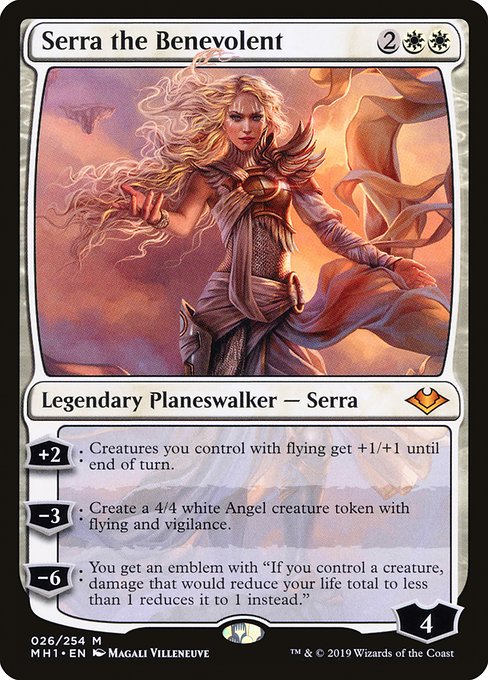
Sometimes Wizards of the Coast doesn’t appropriately set expectations for the Magic audience. When we left Dominaria behind back in October of 2003, after a series of apocalyptic events, there was a backlash to Mirrodin. Mirrodin was the expansion set debut of the new card frame (which officially launched with 8th Edition a couple months earlier) and the Vulshok and Vedalken vibes, fully robotic Spincrushers and Levelers, and overall spikiness (in more ways than just the aesthetics) of the set turned people off.
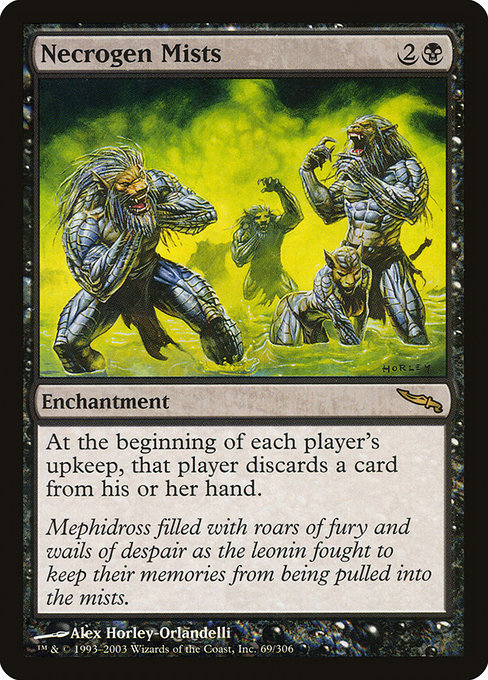
There’s a very narrow target between “alien” and “alienating” that you want to hit. The wild pivots from the sword-and-sandals of Onslaught block, to the gleaming chrome and glistening abs of Mirrodin block, to the andon lanterns and floating eyeballs of Kamigawa block missed that target. You might see parallels in this 20-years-gone trajectory to where Magic is now.

Edge of Eternities should feel alien. Hell, it’s about aliens. But a lot of the buzz from enfranchised and online players is that, in an environment where Wizards’ focus is on Universes Beyond and cross-pollinating Magic to other captive attention markets, Edge of Eternities feels weirdly familiar, even comforting. There is a reverence to the source archetypes in Edge that seemed missing from other recent sets. Aaron Miller’s Knight Luminary is a stunning work of art on its merits, but it’s also worth praising for how it integrates the vernacular of high fantasy into a high-tech world. Anointed, besquired, against a honeycomb of light and armed with a glowing sword, this is recognizable as a Knight, thanks to the composition and iconography. The Monoists are clearly Black Clerics like we’ve seen since Fallen Empire’s Ebon Hand, even if they worship an all-devouring singularity and use jetpacks. The Eumidians are giant humanoid insects, but so were the Nantuko and the Golgari. The entire set feels like part of Magic’s creative continuum–new territory arrived at by exploring the familiar. When you respect your influences and you respect your material, you respect your audience; conversely, when you demonstrate or imply to your audience that the influences or the setting aren’t worth taking seriously, they believe you.

It seems a bit unfair to compare Edge of Eternities to Unfinity in the same way that it’s unfair to compare Star Wars: A New Hope to Spaceballs. They’re inherently interlaced as texts, one is in conversation with Magic as a medium and one is the median of the medium, and they’re using different sets of rules and iconography with completely different intentions. Still, compare Edge to Unfinity. “I Depressurize your Starbreach Whale” is a world away from “I cast Six-Sided Die on your Grabby Tabby”—or even from “I cast This Town Ain’t Big Enough on my Holy Cow and your Razzle-Dazzler.” There is a sincerity to Edge of Eternities that’s been missing from recent sets, a fidelity to what science fiction means rather than how it looks.

Aetherdrift tried to tap into the frenetic but joyful mayhem of Mad Max, Karlov Manor into the suspicious motives and wry cynicism of noir, and Outlaws into the homespun vernacular of the American Wild West, all with less success than Edge of Eternities, coming off as parody instead of pastiche. Edge of Eternities didn’t give Nicol Bolas a laser gun, and it didn’t introduce a previously-unmentioned spacefarer’s guild on Tolaria–it brought the world of Magic to outer space, rather than bringing outer space to Magic. There’s an entire article to be written about the meaning of the Kav/Kavu’s reappearance in distant galaxies, and what Wizards is trying to tell us with their return, but it’s clear that it’s not an arbitrary choice. That justification is the fundamental difference between the success of Edge of Eternities and the less-successful aspects of Murders at Karlov Manor, Outlaws of Thunder Junction, and Aetherdrift.

I’m not suggesting that Edge of Eternities is conservative in its design. Wizards wanted the set to be memorable, and they created new factions, new card subtypes, and exciting new cards. We don’t just see Kavu again, but perpetual favorite Slivers, and even a new Eldrazi. Anticausal Vestige, like Sire of Seven Deaths last year, is a tantalizing reminder of what the Eldrazi are (Magic’s original aliens) and what they do (phase in and out of existence, taking part of reality with them). Anticausal Vestige may not be a world-devouring titan like Emrakul, the Promised End or a tournament-defining card like Thought-Knot Seer but, like Thrumming Hivepool, it ties us to Magic’s past and makes us reassess what “alien” means in the context of Magic.
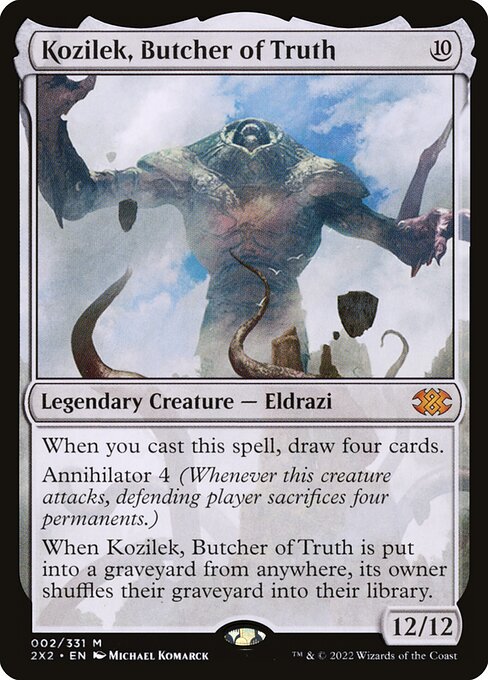
Fifteen years ago, Rise of the Eldrazi had a difficult task: conceptualize and introduce the Eldrazi, planet-devouring monstrosities from beyond the planes of Magic. The set’s first reveal was Kozilek, Butcher of Truth as an animation bursting through the screen on Wizards’ website. The Magic internet went wild trying to divine what it meant. Why was it card 6/248? Was the entire set colorless? What was the significance of the transparent border? Why does it shuffle your graveyard into your library? That final question was easily answered by the word “Reanimate,” but the others lingered through preview season. After almost two decades of enormous creatures coming with drawbacks (Devouring Strossus, Krosan Cloudscraper) and/or requiring a daunting amount of dedicated mana (Akroma, Angel of Wrath, Hypnox), the Eldrazi were all upside for an almost-unprecedented—but weirdly universal—cost. For years, they were Commander staples (months in the case of Emrakul, who was banned in December 2010) as payoffs for infinite mana tricks, foils against milling, and massive threats if cheated out. The Eldrazi titans also had a high rate of adoption beyond Commander and immediately became the best cards to cheat out with Show and Tell, Sneak Attack, Through the Breach, or Goryo’s Vengeance in even top-tier tournament play, but it was another colorless behemoth that best exemplified why the Eldrazi succeeded and became a beloved aspect of modern Magic: Spawnsire of Ulamog.
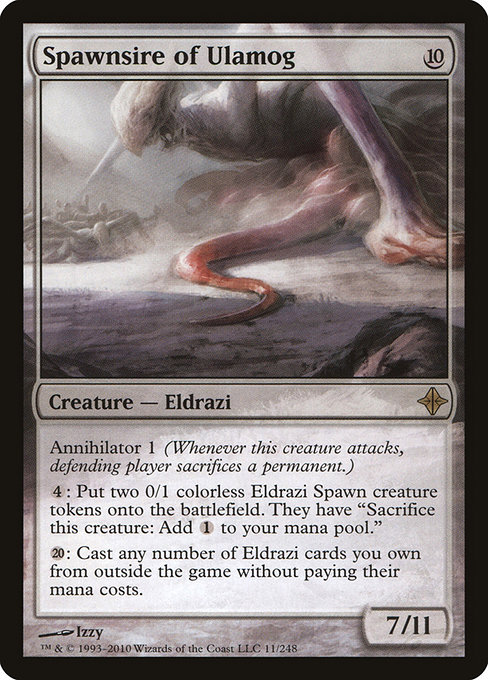
The Spawnsire had unprecedented stats—no other creature had been a 7/11–and very few cards (to this point, mostly the Judgment “Wish” cycle and Arabian Nights weirdo Ring of Ma’ruf) dealt with the concept of cards existing outside the game. Had Spawnsire averaged its stats and been a simple 9/9, it would not have had the same cache. Unblocked, a 9/9 ends the game in three swings with a significant degree of overkill; an unblocked 7/11 has the same kill timeline, but it feels completely different. It feels unbalanced–it feels alien to Magic players trained to expect 6/6’s, a more traditional “big creature” power and toughness to that point. Artisan of Kozilek as a 10/9, Spawnsire of Ulamog as a 7/11, It That Betrays as an 12/12—Eldrazi weren’t just big, they were uncanny and often had unbalanced power to toughness ratios. Functionally, there’s not much difference between a 10/10 and a 10/9—anything that can take down a 10/9 should be able to take down a 10/10, corner case of “three copies of Nowhere to Run” aside—but the simple unbalancing of the statline makes a card read as weird or alien.
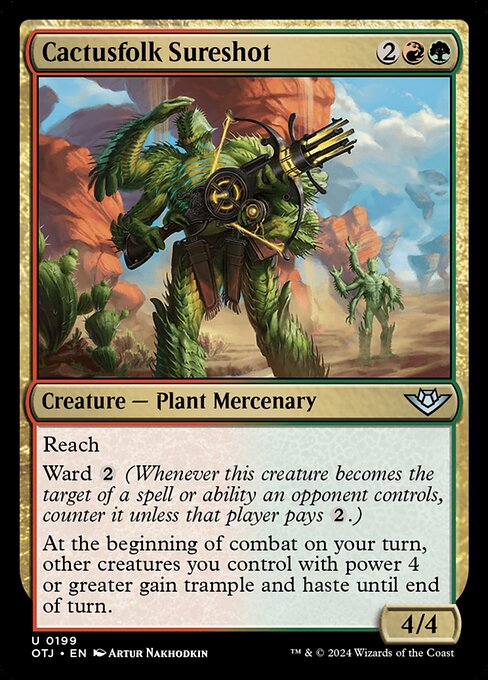
Some statlines are comforting. Wizards of the Coast uses the terminology “square” to refer to an X/X creature, which Mark Rosewater characterizes as “a fancy way of saying the power and toughness always match.” Square stats reduce the mental load of reading a board state and diminish friction in a very complicated game. By setting that pattern, Wizards allows us to make predictions and gauge new cards–”is this a Shock Standard, or a Bolt Standard?” Of course, one of the most thrilling parts about creating predictable patterns in art is when you get to break them.

We couldn’t have postmodernism without modernism, and we couldn’t have self-reflexive autofiction without the mimetic language and shorthand of social media. In Magic, this means that moments where the patterns break down–where we realize that Umbral Collar Zealot isn’t a 2/2 for 1B and doesn’t have a mana cost to its sacrifice ability–are moments of discovery. Delivering a new statline is one of the more conservative but common pattern-breaking tools Wizards has, and it’s a trick that worked with Eldrazi and works with Edge’s Spacecraft. Spaceships having unbalanced ratios of power to toughness makes sense—the sci-fi trope of shields that can defend against space debris and photon torpedoes is common and resonant. But the cards read so oddly—Infinite Guideline Station as our first-ever 7/15, Entropic Battlecruiser as Magic’s first 3/10, Uthros Research Craft as one of a half-dozen 0/8 creatures, and a handful of Eldrazi-sized battlecruisers like Extinguisher Battleship–and they create in-game situations where some Spacecraft feel truly insurmountable and beyond the usual scope of a creature.

With this Standard rotation (and the recent bannings that exterminated Mouse Aggro), there’s a huge shift in expectation, all the old patterns disrupted and new ones established. With Edge of Eternities, we have another mana-free sacrifice outlet in Umbral Collar Zealot to back up Bartolome del Presidio. We have three playable three-power creatures for GG (Keen-Eyed Curator, Webstrike Elite, and the aforementioned Frenzied Baloth). We’ve gained aggressive creatures in Abzan, from Umbral Collar Zealot to Frenzied Baloth to Lightstall Inquisitor, and several powerful artifact-focused cards, from Tezzeret, Cruel Captain to Emissary Escort. We’ve also retained Duskmourn’s Overlord cycle and the host of powerful payoffs from Final Fantasy, from Atraxa-usurper Summon: Bahamut to the Stoneforge-esque Cloud, Midgar Mercenary.
Aside from the rotation, Magic is in a time of transition. It moves from a fantasy-themed card game to a set of game rules that can be adapted to global brands, as the massive success of Final Fantasy becomes part of executive-level slide decks. Edge of Eternities is paradoxically innovative and comforting, assuaging the fears of players that Magic will be taken away from us or diluted by the addition of other media intellectual properties. It’s a valid fear–even if Wizards’ design team has nothing but the best intentions as they design Spider-Men and Spongebobs and whatever awaits us in 2026, they’re not fully in control of how the market shifts and players’ attention mutates. Still, creativity and ludically, Magic has space enough for Thrulls and Thallids, for Masticores and Spawnsires, and if it has space for Spaceships, then it may just have space for Spider-Men.
Rob Bockman (he/him) is a native of South Carolina who has been playing Magic: the Gathering since Tempest block. A writer of fiction and stage plays, he loves the emergent comedy of Magic and the drama of high-level play. He’s been a Golgari player since before that had an official name and is never happier than when he’s able to say “Overgrown Tomb into [mtg_card]Thoughtseize,” no matter the format.

